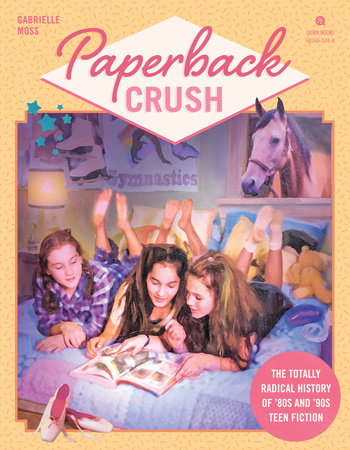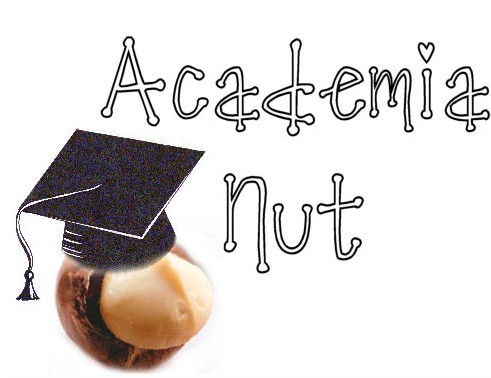Monday, October 7, 2019
The Atomic City Girls vs The Girls of Atomic City
The Atomic City Girls by Janet Beard is a novel set in Oak Ridge, TN, one of the homes of the Manahattan Project during WW2. The Atomic City Girls follows the lives of June Walker, her roommate Cici, Dr. Sam Cantor, and African-American construction worker Joe Brewer once they become residents of Oak Ridge. June and Cici work in the Y-12 plant as Calutron girls and Dr. Sam Cantor is a physicist who oversees the lab where they work. June and Sam begin dating, which drives June and Cici apart. Cici is busy anyways trying to find a rich man to marry and pretending she's not poor. Joe works hard and hopes to bring his wife and kids to Oak Ridge eventually. His roommate, Ralph, who is like a son to him, begins going to meetings to help make life better for the African-American people at Oak Ridge.
The title of The Atomic City Girls is rather misleading, since two of the main characters we follow are men. Overall, though, it was definitely worth the read. Oak Ridge in general interests me and it was well-written enough to enjoy. The characters did start to get annoying though- particularly June and Sam's story. Sam is depressed and a little unhinged, which June keeps putting up with for no apparent reason. June is a curious and intelligent woman, who seeks knowledge well beyond what she learned in her rural school. She could do so much better than alcoholic mopey Sam. The more interesting story to me was Joe and Ralph's. Oak Ridge really was very segregated and the difference in treatment of people who were all working hard on the same project is appalling to the modern reader. Reading about the early efforts to change things was interesting though.
The basis of The Atomic City Girls is fairly fact-based, but the people and their relationships are fictional. There was enough research done to make the book enjoyable and to still provide insight into the real lives of the people who worked in Oak Ridge.
The Girls of Atomic City: The Untold Story of the Women Who Helped Win World War II by Denise Kiernan is a nonfiction book about Oak Ridge, TN. The Girls of Atomic City focuses on 9 real women who lived and worked in Oak Ridge. Kiernan based the book mainly on interviews she conducted herself. Even with its high level of research, it still came out a highly enjoyable read. It reads more like a narrative than just dry facts. In between chapters about the women's lives were short chapters about the development of the bomb itself and the science behind it. It was nice to have this background knowledge interspersed, instead of all being chunked together.
The only complaint I have about The Girls of Atomic City is that it left me wanting more! I wanted more stories about these amazing women.
So which book should you read? If you have the time, I'd read both. They both give good looks into every day life in Oak Ridge. If you only have the time to read one, I'd go with The Girls of Atomic City since it's all fact-based, but still reads like a novel.
Wednesday, September 18, 2019
King Buck: The Most Famous Lab in America
 |
| Photo from US Fish & Wildlife Service |
John M. Olin, of the Winchester Repeating Arms Company, is the founder of Nilo Farms, a still-functioning hunting reserve and sporting dog training facility. Olin owned many sporting dogs over the year, including the most famous of all, King Buck.
King Buck had a precarious start to life. He was the last puppy in his litter to be bought, and battled a bout of distemper early on. King Buck survived and went on to become the National Duck Retriever Champion in both 1952 and 1953. His career as a champion sporting dog lasted until he was 9-years-old.
In 1959 the U.S. Fish and Wildlife Service wanted to promote conservation of waterfowl through the use of retrieving dogs, which reduces the loss of downed duck. They selected an image painted by famous wildlife artist Maynard Reece to be featured as the first image of a dog on the Federal Migratory Waterfowl stamp. The subject of Reece’s painting was the famous King Buck.
The Migratory Waterfowl stamp is required on hunting licenses in order to hunt waterfowl. King Buck remains the only dog to be featured on the duck stamp; only waterfowl have been featured on other stamps.
King Buck’s health started failing and he was put down at the age of 14. He is buried in front of the kennels where he lived at Nilo Farms and is commemorated with a statue there.
St. Charles Boys' Home Monkey House
 |
| There are conflicting records on whether the abandoned building housed monkeys, various animals, or boys. |
While walking the trails at Hickory Knolls Discovery Center you may come across a small abandoned concrete building in the woods. This building was once part of the St. Charles Boys Home (now the Illinois Youth Center, which still neighbors the property). There are no reliable records as to the original use of the building, but it is most commonly said to have housed monkeys. There are confirmed records that there was a small zoo on the property, but first hand accounts vary on whether this building housed monkeys or other animals, while some say it simply housed youth.
Illinois' First Medical College and Its Tragic End
St. Charles, IL hosted the first medical school in Illinois starting in 1842. Franklin Medical College was founded by Dr. George Richards and lasted only 7 years. The college’s abrupt ending was due to riot that occured after a student was discovered to have dug up a local woman’s corpse from a nearby graveyard.
The student, John Rood, along with Dr. Richards’ son George, heard about the death of a local woman, Mrs. Kinyon. John and George dug up Mrs. Kenyon’s remains from a cemetery in nearby Sycamore. The two men tried to hide the body, but had been seen acting suspicious. When the Kinyon family discovered the body was missing two and two were put together and an angry mob showed up at the college. When questioned, Dr. Richards vehemently denied any knowledge of what had happened. Later once the mob left, Dr. Richards learned that the body was hidden in his barn. He hoped that having the body removed would help him settle the matter. The mob, however, had other ideas. They didn’t believe that Dr. Richards was innocent and returned to the school to find the body themselves. They instead found another dissected body in the barn. The incident led to the mob shooting at the door of Richards’ home, which killed John Rood and injured Dr. Richards. This incident became known as Richards’ Riot and is what caused the medical school to close. Mrs. Kinyon’s body was finally found and reburied in the same grave in Sycamore.
After the riot there was a realization that medical schools needed cadavers and new law was passed allowing for unclaimed bodies from charity hospitals to be sent to medical schools
Showmen's Rest: A 750 Acre Burial Plot Dedicated to Circus Performers
 |
| Photo from WikiMedia Commons |
Woodlawn Cemetery near Chicago, IL is a large and well-known cemetery. Located in Forest Park, Woodlawn has existed since 1912. Among all the family graves there's also a unique 750 acre plot dedicated to deceased circus performers.
It all started in 1918 when the Hagenback-Wallace Circus was travelling by train through Indiana and was hit from behind by an empty train. The crash and subsequent fire killed 86 passengers of the circus train. Many of the victims were only known by a nickname, or a name wasn’t known at all.
The Showmen’s League of America bought a plot in Woodlawn Cemetery and 56 victims from the crash were buried in a mass grave. Circus performers have continued to be buried in the plot since and the Showmen’s League of America holds a yearly memorial ceremony.
Thursday, September 5, 2019
Wednesday, September 4, 2019
Book Review: Paperback Crush by Gabrielle Moss
 |
| Photo from Penguin Random House |
This book was a dream come true for any book obsessed product of the '80s and '90s.
Moss covers a wide array of YA fiction from the time, including ,of course, favorites like Sweet Valley High and The Babysitters Club. Paperback Crush is organized by topics such as sports, family, and teen troubles. Each chapter then talks about the history of books about those subjects. Moss often goes back farther than the '80s/'90s to show how the genre has really changed over time.
The physical book itself is perfect too. Every page is full color, glossy pages, with fun '80s/'90s inspired geometric backgrounds. It felt like reading a teen magazine from the time, and perfectly captured the feel of books from the era.
I very much enjoyed the nostalgia presented in Paperback Crush, but also the history of teen books. It was a fun read, while also encouraging readers to examine issues in teen literature. I learned about so many books and series I had never heard of, and am tempted to go on a '80s/'90s reading spree next. The only complaint I have about this book is that it ended very abruptly. It would have served the book well to have a conclusion to wrap it all up.
Subscribe to:
Posts (Atom)








